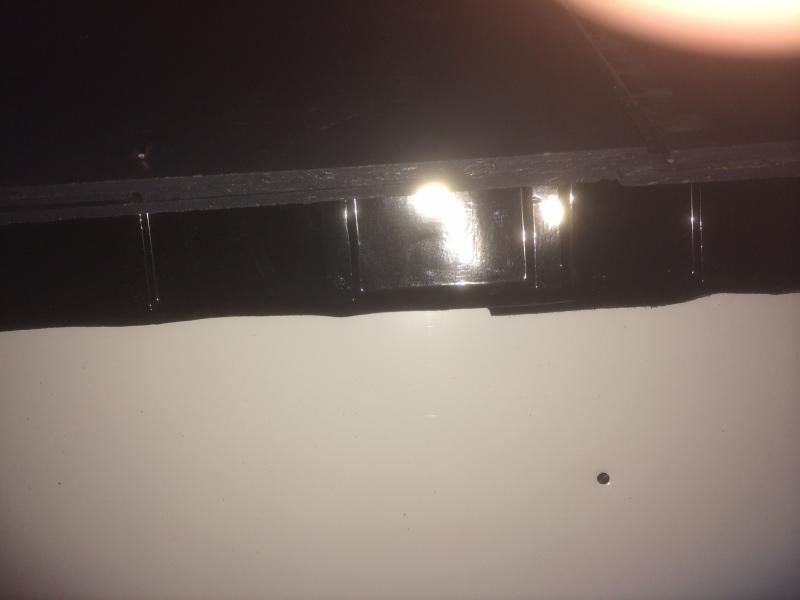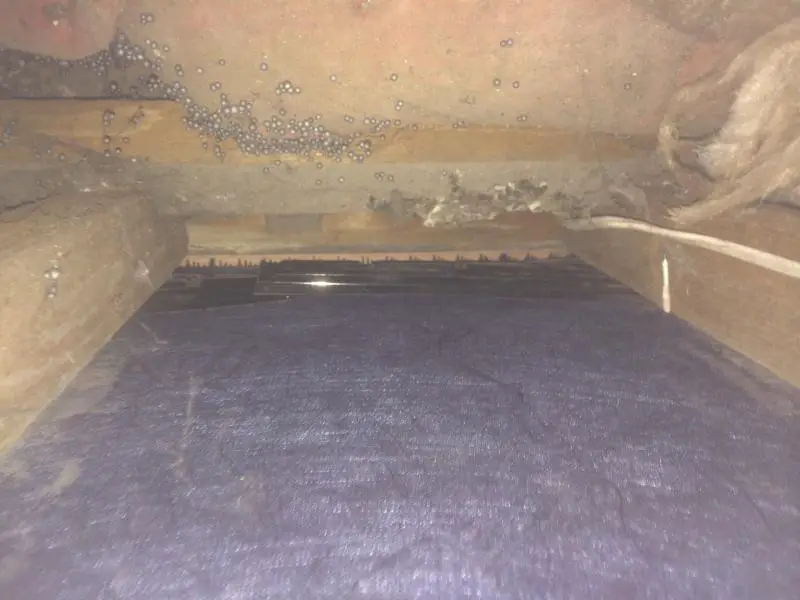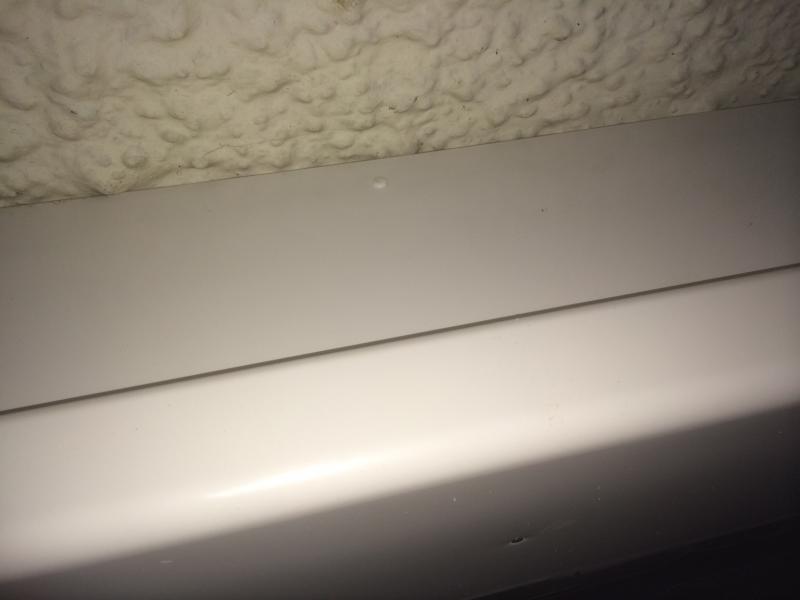Hi,
This is my first post here so I'm quite new to all this and only know about roofing from what I've read online.
I'm in the middle of having my roof replaced. I have a 3 bed 1935 semi and this winter water started coming in so it seemed time to replace it.
The artificial slates have been laid and a dry fix ridge tile system has been used. It looks like baffles have been put under the felt for ventilation:
This is the view from inside my attic:
The fascias have been nailed to the existing non-rotten wood ones. The soffits are nailed to some battens to ensure they are straight so there is an air-gap. There is a plastic piece where the ridge tiles meet that I assume allows air to flow.
I have the following questions:
1) I've read that some people say you shouldn't overclad fascias with uPVC but replace the existing wood. As the wood is ok how vital is it that this is done, would it be worth the expense now the fascias are up?
2) Is it likely to cost a lot more to do it now?
3) Does the ventilation seem to have been done correctly? One concern I have is that none of the soffits have ventilation gaps:
This is the view looking up onto the underside of the soffits.
Should there be ventilation in them or is it not a problem? Will the lack of ventilation mean the existing timber is more likely to rot?
4) Is there anything else that could compromise the roof or reduce its lifespan?
If different or better photos are needed I can provide some when it's light tomorrow.
Many thanks for your help!
This is my first post here so I'm quite new to all this and only know about roofing from what I've read online.
I'm in the middle of having my roof replaced. I have a 3 bed 1935 semi and this winter water started coming in so it seemed time to replace it.
The artificial slates have been laid and a dry fix ridge tile system has been used. It looks like baffles have been put under the felt for ventilation:
This is the view from inside my attic:
The fascias have been nailed to the existing non-rotten wood ones. The soffits are nailed to some battens to ensure they are straight so there is an air-gap. There is a plastic piece where the ridge tiles meet that I assume allows air to flow.
I have the following questions:
1) I've read that some people say you shouldn't overclad fascias with uPVC but replace the existing wood. As the wood is ok how vital is it that this is done, would it be worth the expense now the fascias are up?
2) Is it likely to cost a lot more to do it now?
3) Does the ventilation seem to have been done correctly? One concern I have is that none of the soffits have ventilation gaps:
This is the view looking up onto the underside of the soffits.
Should there be ventilation in them or is it not a problem? Will the lack of ventilation mean the existing timber is more likely to rot?
4) Is there anything else that could compromise the roof or reduce its lifespan?
If different or better photos are needed I can provide some when it's light tomorrow.
Many thanks for your help!




